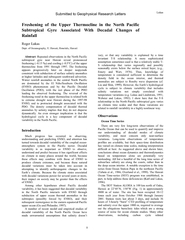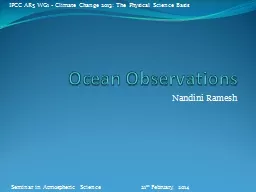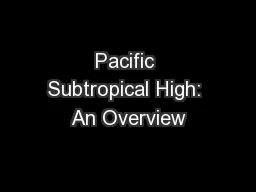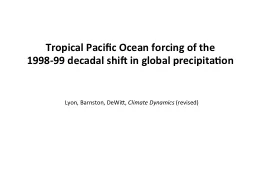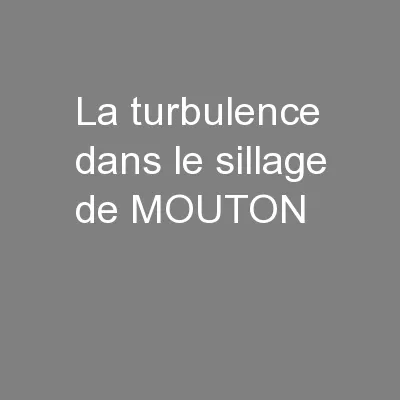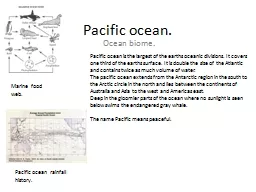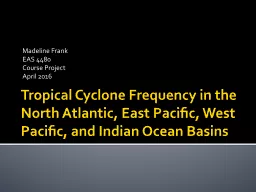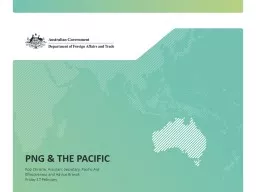PDF-Lukas Freshening of the Upper Thermocline in the North Pacific Subtrop
Author : celsa-spraggs | Published Date : 2015-07-24
Submitted to Geophysical Research Letters Lukas biogeochemistry are made during each cruise Karl and Lukas 1996 Rainfall The NOAA CMAP rainfall dataset Xie and Arkin
Presentation Embed Code
Download Presentation
Download Presentation The PPT/PDF document "Lukas Freshening of the Upper Thermoclin..." is the property of its rightful owner. Permission is granted to download and print the materials on this website for personal, non-commercial use only, and to display it on your personal computer provided you do not modify the materials and that you retain all copyright notices contained in the materials. By downloading content from our website, you accept the terms of this agreement.
Lukas Freshening of the Upper Thermocline in the North Pacific Subtrop: Transcript
Download Rules Of Document
"Lukas Freshening of the Upper Thermocline in the North Pacific Subtrop"The content belongs to its owner. You may download and print it for personal use, without modification, and keep all copyright notices. By downloading, you agree to these terms.
Related Documents

